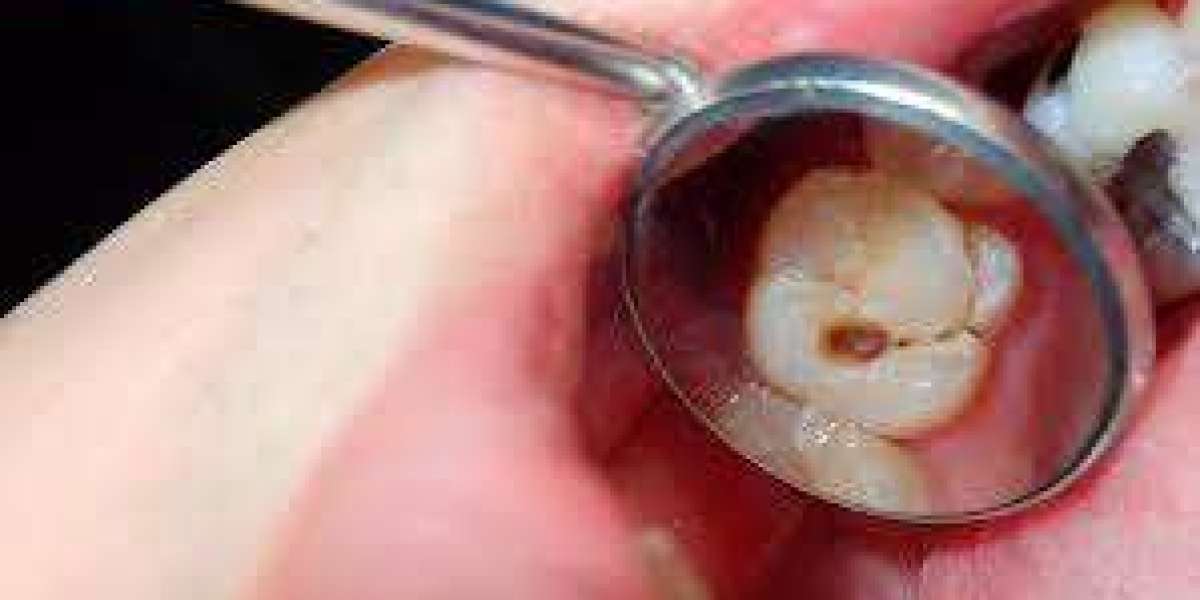Dental implants Infection have become a popular and effective solution for replacing missing teeth, providing patients with improved aesthetics and functionality. As the demand for dental implants continues to rise, researchers are keenly exploring the various materials used in their fabrication to ensure optimal outcomes, including minimizing the risk of infections. This article aims to compare the incidence of infections associated with different dental implant materials.
One of the primary considerations in dental implant material selection is biocompatibility. Titanium has long been the material of choice due to its excellent biocompatibility, corrosion resistance, and mechanical strength. Titanium implants integrate well with the surrounding bone tissue, promoting osseointegration, which is crucial for the long-term success of dental implants. Studies consistently demonstrate low infection rates associated with titanium implants, making them a reliable option in the field of implant dentistry.
Despite the success of titanium implants, researchers have been exploring alternative materials, such as zirconia. Zirconia implants offer an aesthetically pleasing, tooth-colored option, addressing concerns about the metallic appearance of titanium. While zirconia implants exhibit favorable biocompatibility, their long-term performance in terms of infection rates remains a subject of ongoing research.
Comparative studies have indicated that titanium implants generally have a lower incidence of infections compared to zirconia implants. The reasons for this discrepancy can be attributed to the surface properties of the materials. Titanium surfaces allow for enhanced cell adhesion and osseointegration, creating a favorable environment that minimizes the risk of bacterial colonization and subsequent infections.
Moreover, the manufacturing processes and surface treatments applied to these materials play a crucial role in their performance. Researchers are actively investigating advanced surface modifications for zirconia implants to improve their osseointegrative properties and reduce the likelihood of infections. These modifications include the incorporation of bioactive coatings and nanostructured surfaces, which aim to enhance the interaction between the implant and the surrounding biological tissues.
In addition to material considerations, the overall success of dental implants depends on factors such as proper surgical technique, patient oral hygiene, and postoperative care. Strict adherence to sterilization protocols during implant placement, coupled with regular follow-ups and maintenance, significantly contributes to reducing the risk of infections irrespective of the implant material used.
It is essential to note that individual patient factors, such as systemic health, immune response, and lifestyle, also influence infection rates. Therefore, a comprehensive assessment of the patient's overall health and suitability for a particular implant material is crucial in ensuring a successful outcome.
In conclusion, while titanium implants remain the gold standard in terms of low infection rates and high biocompatibility, ongoing research is shedding light on the potential of alternative materials like zirconia. Advancements in surface modifications and manufacturing techniques for zirconia implants aim to improve their performance and reduce the incidence of infections. The choice of dental implant material should be made based on a thorough understanding of the patient's individual needs, health status, and the current state of research in the field.



